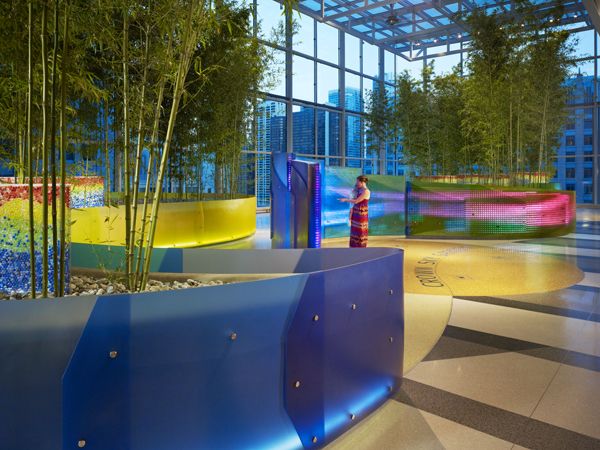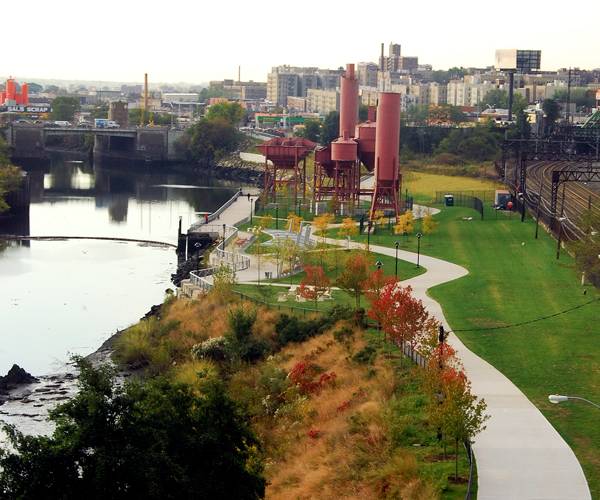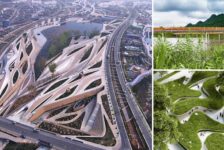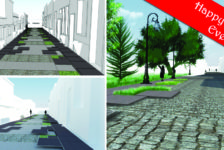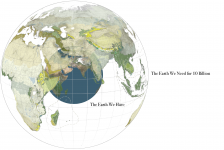What does our future on planet earth hold for us? It’s a question asked all to0 often, and one that isn’t easy to answer. The landscape provides the fundamental support system for life on earth. With the seven billion people and counting that populate planet earth; landscape architecture plays a climacteric role in the shaping of both rural and urban environments. As landscape architects, both present and future, we are primed with the prowess needed to tackle the copious challenges that our planet faces, both present and future. Here are 6 reasons why our future depends on landscape architecture. 1. Food security The health and sustainability of the global food system is under serious threat, being touted as the greatest problem in our existence. This is in large part due to the explosive world population growth in the past century from 1 billion to 7 billion people. Food is common ground within our communities and has the ability to bring people together. Landscape architects are the key to fostering cultural awareness of food practices towards more local, resilient food systems and designing for maximum food self sufficiency in the future. Below: Incredible Edible: Todmorden’s local food revolution 2. Climate change The unequivocal effects of climate change and global warming are beginning to reveal themselves the world over; affecting water systems, weather patterns and temperatures, as well as both animal and plant life. Landscape architects will continue to be pivotal in the mitigation and adaptation to climate change. The work of landscape architects will continue to not only minimise the existing damage our planet has succumb to; but also to fervently protect, enhance and regenerate lost or fragile ecosystems. See also: Goncalo De Carvalho: Beating Global Warming Like a Boss
3. Sustainable transportation and walkable environments Cars; they paralyse city streets, damage the earth, and damage us. With dwindling oil supplies, public transportation and pedestrian prioritisation are the ways of the future. Proximity to quality public transport has been shown to enhance one’s quality of life. The landscape architecture profession possesses the know-how and creative knack to design rich the multitude of pedestrian experiences and pleasurable public transport systems that await us. See also: Superkilen: A Public Space to Feel at Home Pedestrianized Landscapes Embracing The People Top 10 Walkable Cities 4. Mental health and active living It is not groundbreaking news that access to quality urban parks and green spaces facilitate exercise related benefits. However, more recent studies allude to significant holistic benefits, including mental health. As city’s urban realms continue to grow, so to0 do inhabitants expectations for quality of life. Cities will inevitably face increasing pressure to provide urbanites with respite, with landscape architects being poised to capitalise upon this exciting nature-mental health link. See also: Crown Sky Garden Inspires Healing 5. Historic preservation and restoration Landscapes of major historical and cultural significance are ubiquitous throughout the world. They reveal aspects of a country’s origins and cultural pursuits, reflect patterns of occupation over prolonged periods of time, as well as the unfolding relationship we humans have with the natural world. In time, many culturally shaped landscapes require preservation or the insertion of new infrastructure; landscape architects are tasked to do so, whilst meticulously maintaining the integrity of site. See also: Top 10 Reused Industrial Landscapes Top 10 Political Squares 6. Social integration We live in an epoch that is increasing diverse and multicultural. Today, however, the majority of urban dwellers are fixated more on the cornucopia of technologies and mindless social media platforms that surround them than on spending time cultivating social relationships. Landscape architecture is an efficacious tool that will continue to facilitate meaningful social interaction through the creation of vibrant and welcoming public destinations.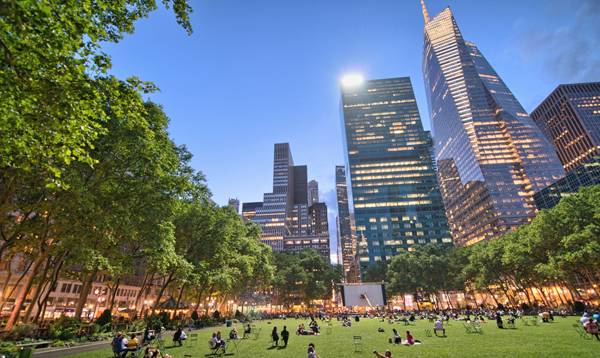
Bryant Park, successfully hosting crowds of people on a daily basis. Photo credit: Cristina Muraca, shutterstock.com





